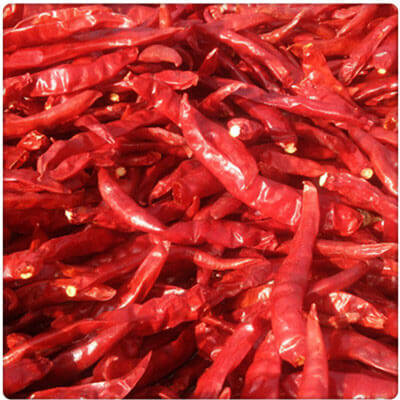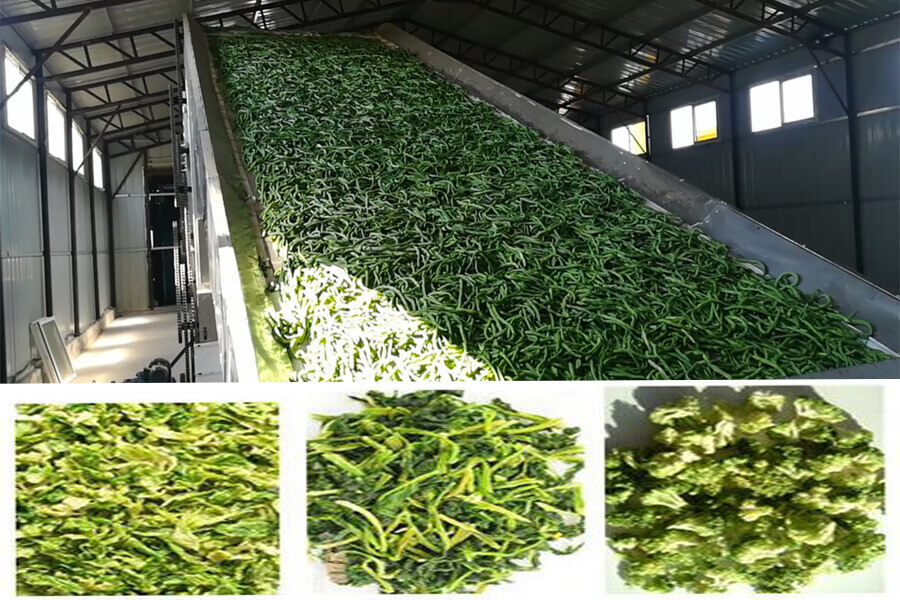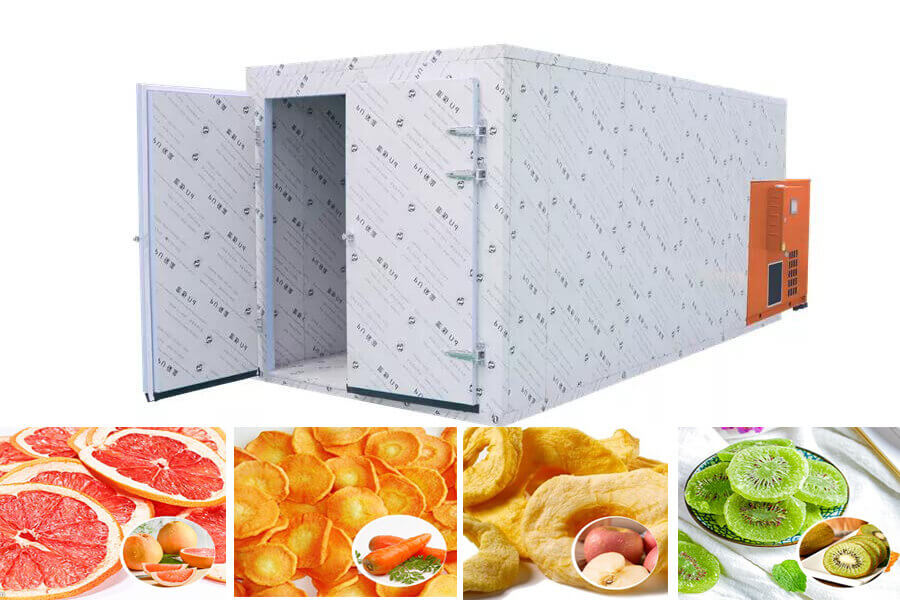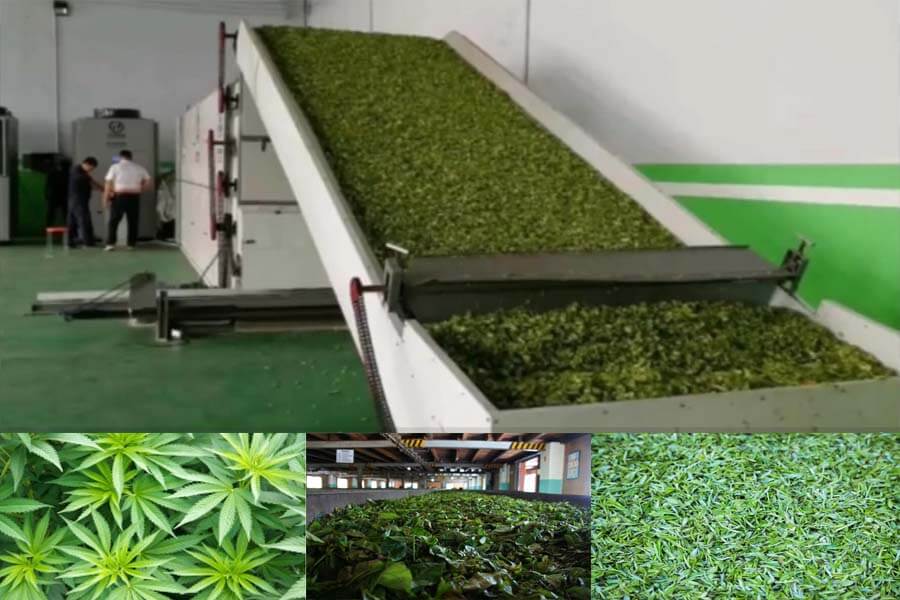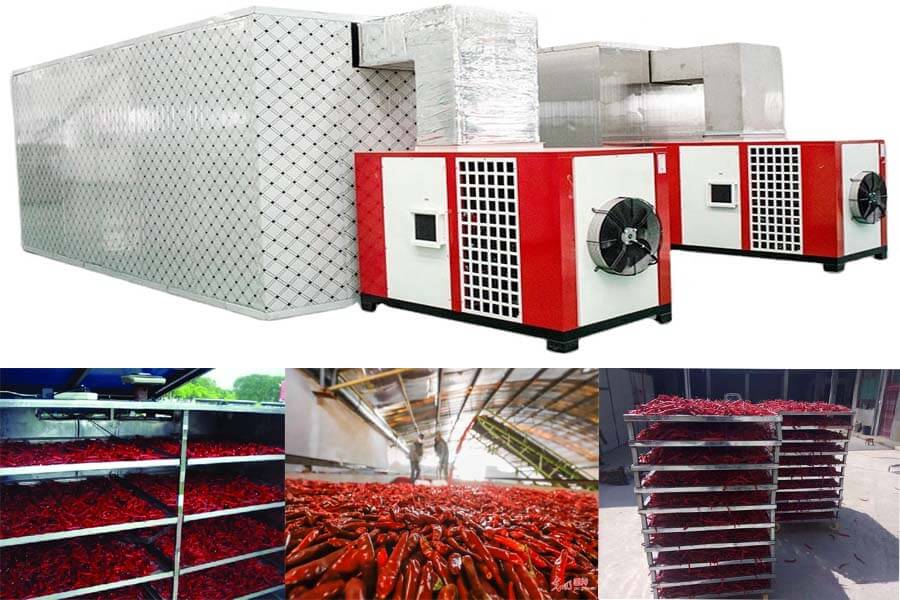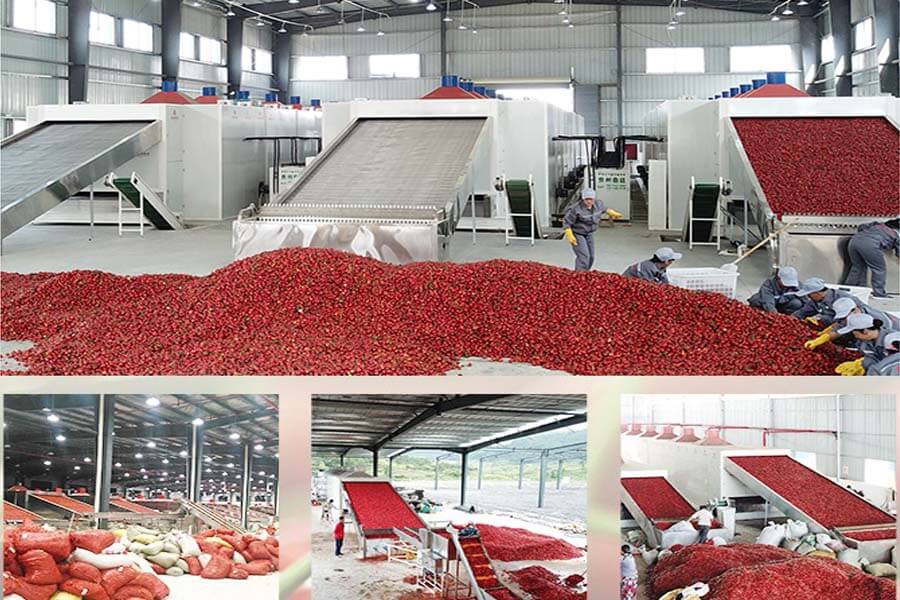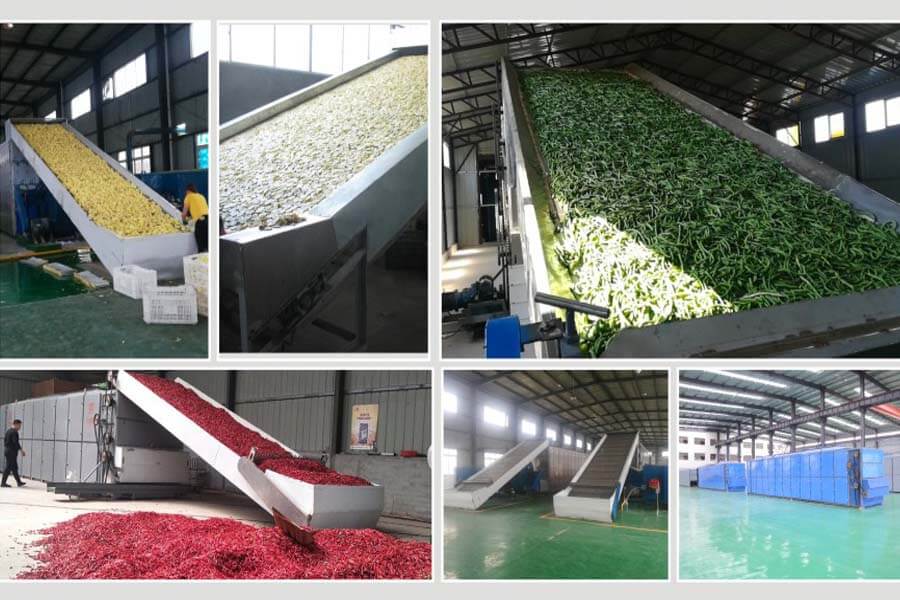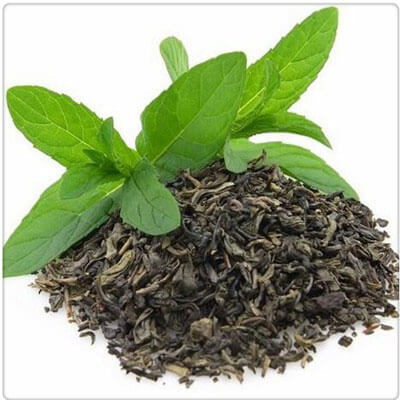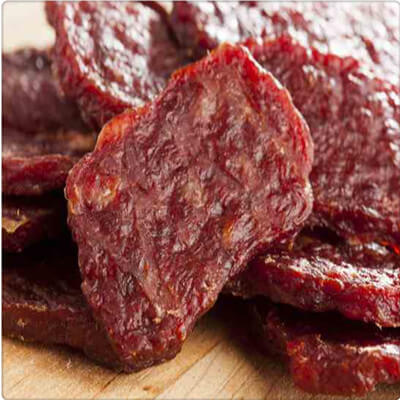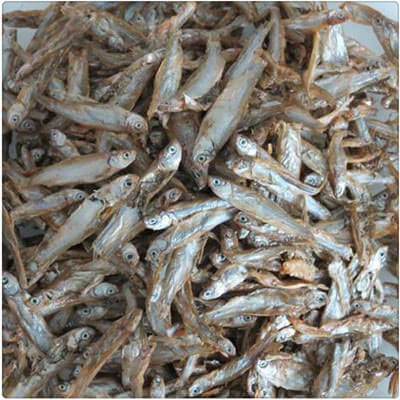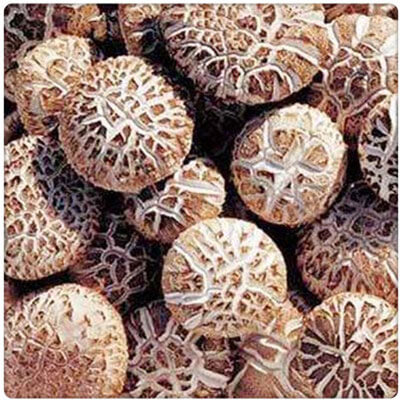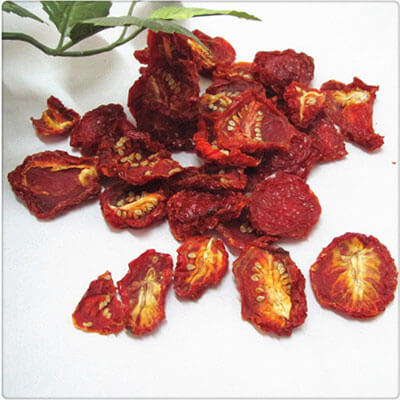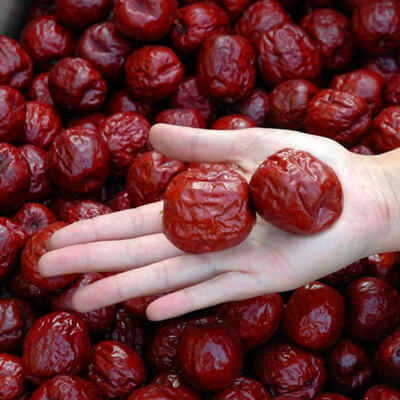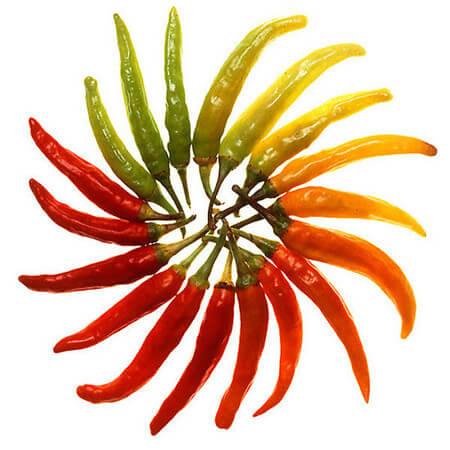 I. Chilli Introduction
I. Chilli Introduction
Chilli pepper is the fruit of plants from the genus Capsicum. Red chili contains high vitamin C that can also substantially increase the uptake of non-heme iron from other ingredients in a meal, such as beans and grains. Plus, it has rich potassium, magnesium, and iron. Therefore chili is widely used in both food and medicine based on its size, color, fleshiness, and flavor.
II. Why Should Chili Be Dried?
1. Prolong storage time
Drying chili is a great way to enable you to keep them for a long time. Generally, fresh chili can be stored for several days to a few weeks at room temperature or in the refrigerator before they start to rot. Frozen chili can be stored for several months, but after its thawing process, there are overly soft and mushy chilies left. Dried chilies can be stored for several months or even a few years in the proper environment. So more and more people choose the drying method to keep chilies for a longer time. Moreover, we recommend storing whole dried chilies, rather than grinding them into powder or flakes because powder can quickly lose the wonderful aromas and flavors.
2. Enhance the flavor
Drying chili simply refers to removing moisture content from fresh chili, which magnifies and enhance its heat, flavor, and natural sugars. When you taste a fresh chili, you can not imagine the great flavor that develops in the drying process. The same chili has different flavors when fresh to when it is dried. Take the fresh Aji Limon chili, for example, the fresh one tastes lemony but a dried one tastes of banana! Dried chili can pack a more fiery punch and ferocity in both solid food and hot sauce recipes than fresh peppers. Moreover, crushed and dried chilies are regarded as multi-purpose flavoring and seasoning in any situation.
III. Drying Chilli by Food Drying Machine
1. Drying ways
Chilli peppers can be dried naturally in just the air and sunshine, but it takes several days to finish the drying process. Besides over-long drying period, thicker-skinned chili is not easy to be dried in the sun. So if you would like to dry chili in hours or dry thicker-skinned chili, the food drying machine is a wise choice.
2. Inspect chilies
Before starting the drying process, you should check chili peppers. Discard peppers that are featured in the followings:
♦ Soft, mushy, or spoiled areas
♦ White, grayish, or diseased-looking spots
♦ Have a questionable or rotten odor
3. Dried by food drying machine
Our food drying machines mainly consist of multi-layer belt drying machine, microwave dryer machine and hot air circulation drying oven. For large-scale industrial production, belt drying machine and microwave dryer machine can be chosen.

Generally, a hot air circulation oven is the first choice for chili drying, easy operation, flexible, high efficiency, and low cost. The general steps of drying chili peppers by hot air oven are as follows:
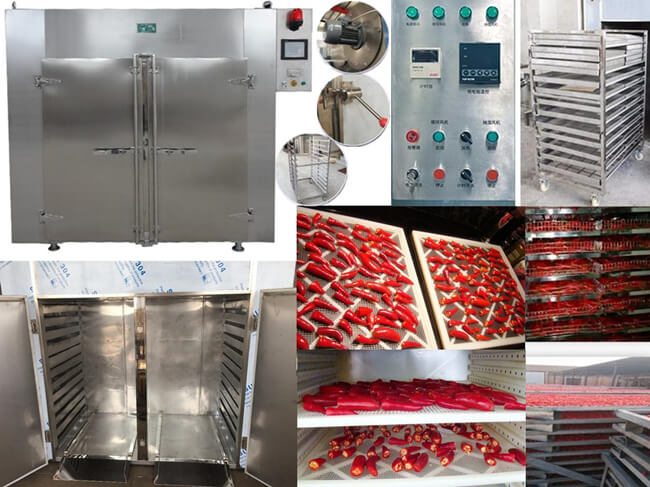
a. Lay the chilies on plates, put drying plates on the trolleys, push baking trolleys into the drying oven, and then close the door.
b. Turn on the machine: switch the power switch to “on”, the power indicator lights up and the temperature indication displayer will show the digital.
c. Turn on the fan: press the “fan start” and notice whether the rotation direction of the fan is right.
d. Temperature controlling: set the temperature required. For chili pepper drying, the temperature in the first stage should keep 47℃ for 2-2.5 hours, in the second stage it will stay around 70-80℃ for 6-8hours, and then close the heat source to cool the chili peppers naturally. After drying, dried chili peppers are easy to store and will last over a year.
Notice: It is significant to control air temperature and circulation during the drying process. If the temperature is too low or the humidity too high the chili will dry more slowly than it should and microbial growth can occur. Drying time is also of importance. Prolong drying time or interrupting drying time may result in spoilage.
